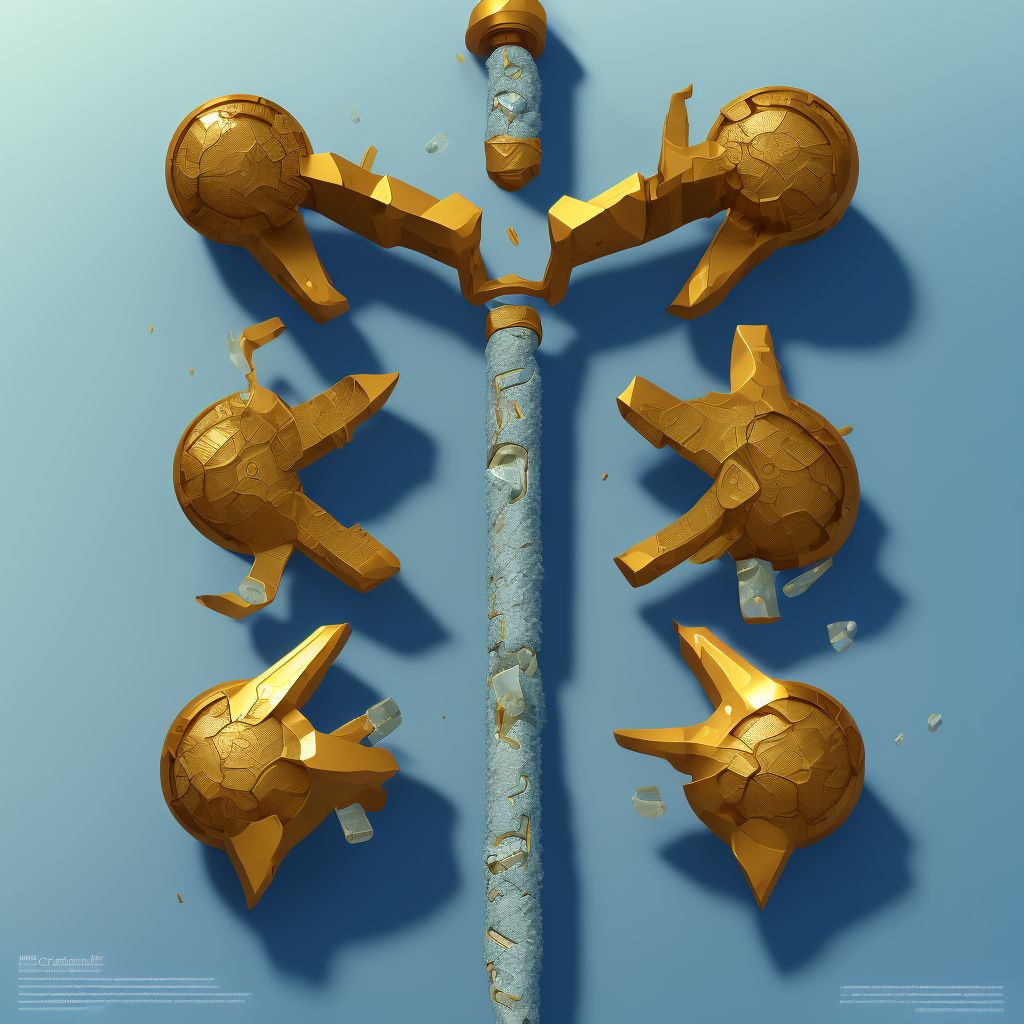
Nondisplaced oblique fracture of shaft of unspecified fibula, initial encounter for closed fracture Save
ICD-10 code: S82.436A
Disease category: S82.436: Nondisplaced oblique fracture of shaft of unspecified fibula
Nondisplaced Oblique Fracture of Shaft of Unspecified Fibula: Understanding the Initial Encounter for Closed Fracture
When it comes to bone fractures, one common type is the nondisplaced oblique fracture of the shaft of an unspecified fibula. This type of fracture occurs when the fibula, one of the bones in the lower leg, breaks in a diagonal manner but remains in alignment without any significant displacement. In this article, we will explore the initial encounter for a closed fracture of this nature.
During the initial encounter, medical professionals focus on assessing the extent of the fracture and initiating appropriate treatment. It is crucial to understand that we will not be discussing treatment options in this article, as it is beyond the scope of our topic.
During the initial encounter, a thorough examination is conducted to evaluate the patient's condition. This includes assessing the site of the fracture, examining the surrounding soft tissues, and determining any associated injuries. Additionally, the medical professional may order imaging tests, such as X-rays, to obtain a detailed view of the fracture.
Once the nondisplaced oblique fracture of the shaft of the unspecified fibula is diagnosed, the medical professional may provide the patient with information about the fracture. This may involve explaining the nature of the fracture, the expected healing process, and the potential risks or complications associated with the injury.
Furthermore, the medical professional may provide instructions to the patient on how to manage the fracture during the initial phase. This may include advising the patient to avoid putting weight on the affected leg, immobilizing the leg with a splint or cast, and suggesting pain management techniques such as ice application or over-the-counter pain relievers.
- In summary, a nondisplaced oblique fracture of the shaft of an unspecified fibula is a type of bone fracture that requires medical attention.
- The initial encounter for a closed fracture involves assessing the extent of the fracture and initiating appropriate treatment.
- A thorough examination and imaging tests, such as X-rays, are conducted to diagnose the fracture.
- During the initial encounter, the medical professional may provide information about the fracture and instruct the patient on how to manage it.
It is important to note that the information provided in this article is for educational purposes only and should not be considered as medical advice. If you suspect you have a nondisplaced oblique fracture of the shaft of an unspecified fibula, it is essential to consult with a qualified healthcare professional for an accurate diagnosis and appropriate treatment.
Treatment of Nondisplaced oblique fracture of shaft of unspecified fibula, initial encounter for closed fracture:
Treatment Options for Nondisplaced Oblique Fracture of the Shaft of Unspecified Fibula, Initial Encounter for Closed Fracture
When it comes to a nondisplaced oblique fracture of the shaft of the unspecified fibula, it's crucial to seek proper treatment to ensure a smooth recovery. This type of fracture typically occurs when the fibula bone breaks diagonally but remains aligned, wit...
To see full information about treatment please Sign up or Log in